Also known as sexually transmitted infections (STIs), sexually transmitted diseases (STDs) are most commonly transmitted diseases through sexual contact. Bacteria, parasites, and viruses that cause STDs can spread from person to person through bodily fluids like blood, vaginal fluid, semen, etc. These infections can also occur via non-sexual transmission such as blood transfusions, infected needles, etc. STDs do not always result in symptoms. It is possible to be infected by people who appear perfectly healthy and may be unaware that they are infected.
Types of STDs
STDs include almost every type of infection. Chlamydia, gonorrhoea, and syphilis are examples of bacterial STDs. HIV, genital warts (HPV), genital herpes, and hepatitis B are all viral STDs. A parasite causes trichomoniasis. Let’s discuss some of them in detail:
Chlamydia
Chlamydia is caused by Chlamydia trachomatis infection. It is a relatively common infection that can be transmitted through vaginal, anal, or oral sex. Chlamydia does not generally cause symptoms, but it can lead to infertility and other health problems if it is not treated. Early detection and treatment lead to fast recovery.
Syphilis
Syphilis is caused by a bacterial infection called Treponema pallidum. It is a potentially fatal infection, and immediate treatment is required to avoid long-term damage and serious problems.
HIV
HIV is an infection caused by a virus that attacks the body's immune system. It can be transmitted through sexual contact and other means. HIV makes a person more vulnerable to other infections. HIV patients are also more likely to contract other STIs. Without proper diagnosis and treatment, this infection worsens and can even cause life-threatening complications.
Gonorrhoea
Gonorrhoea is a common bacterial infection caused by the bacterium Neisseria gonorrhoeae. It is extremely infectious and, if left untreated, can result in life-threatening problems. Gonorrhoea can be transmitted through vaginal, oral, or anal sex. Pink eye can be caused by gonorrhoea if a person touches an infected region of their body and then touches their eye.
Trichomoniasis
Trichomoniasis, or trich, can actually affect anyone, but women are more likely to be affected. This infection is caused by Trichomonas vaginalis as it mainly affects the vagina. The infection can occur in the urethra of males. Vaginal, anal intercourse and vulva-to-vulva contact can both result in transmission.
Causes of STDs
The bacteria or viruses that cause STDs can be present in sperm, blood, vaginal fluids, and or sometimes saliva. The majority of the organisms are transmitted through vaginal, anal, or oral intercourse. However, some may be transmitted via skin-to-skin contact which can cause genital warts and genital herpes. A person may often get hepatitis B by using personal items of someone who has it, like toothbrushes or razors.
Symptoms of STDs
STDs or STIs can cause a wide range of symptoms, and sometimes no symptoms at all. As a result, they may go undetected until issues occur or a person is diagnosed.
Signs and symptoms of an STD include the following:
- Bumps or sores in the genital or rectal regions
- Burning or painful urination
- Unusual discharge from the penis
- Odorous vaginal discharge
- Unusual vaginal itchiness
- Sexual discomfort
- Unusual vaginal bleeding
- Lower abdominal pain
- Fever
- Rash on the trunk, arms, and feet
Risk Factors
A person is at high risk of getting STDs if they:
- have multiple sexual partners;
- have sexual relations with a person who has had multiple partners;
- do not use a condom while having sexual intercourse;
- have a history of STDs or STIs;
- share syringes or needles to inject drugs;
STD Diagnosis
It is difficult for medical professionals to detect an STD based solely on symptoms, so they prescribe STD tests. If an individual has symptoms, they are required to take blood, urine, or fluid tests to identify the cause. If an individual doesn't have any symptoms, their doctor may order various screening tests based on their age and health.
Practices to Prevent STDs
It is important to practice safe intercourse in order to avoid getting STDs. Here are some best practices:
- Before engaging in any sexual activity with a new partner, have an open conversation about your sexual history.
- Get tested in a reputable lab for STDs on a regular basis, especially if one has multiple partners. It is also important to ask significant partners to do the same.
- To help prevent STDs that spread through fluids, it is recommended to use a condom while having vaginal, oral, and anal intercourse.
STDs are dangerous infections that can hamper the overall quality of one’s life. It is recommended to practice safe intercourse and get tested if one notices any symptoms. This helps in the early detection and treatment of STDs.













 7982100200
7982100200



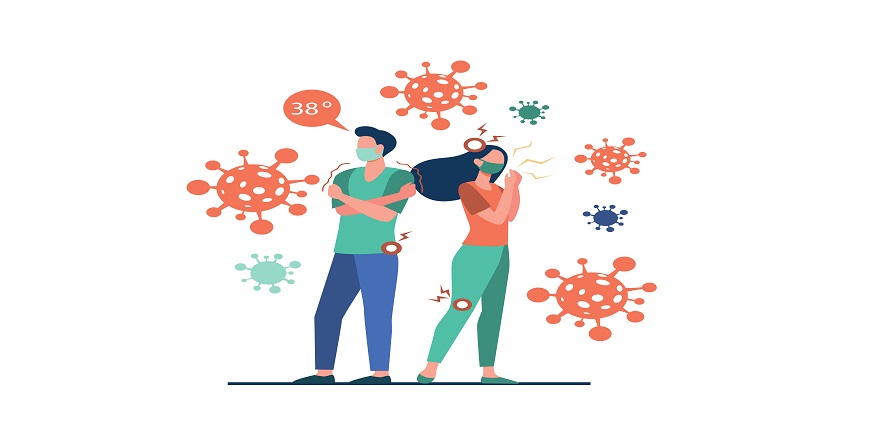
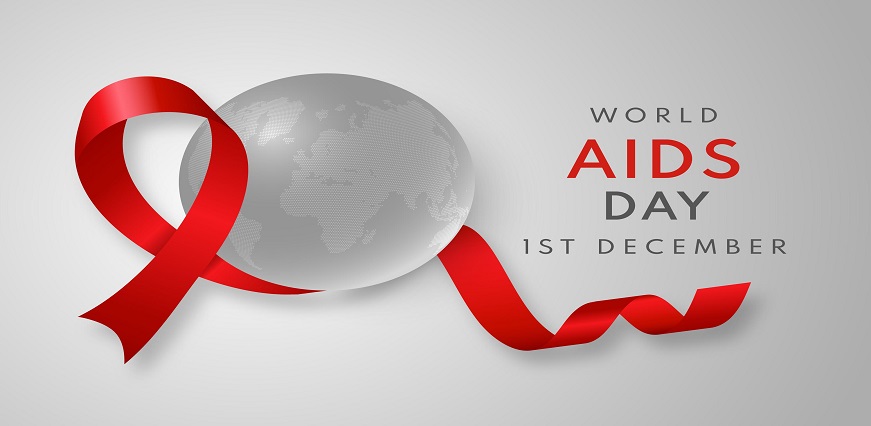
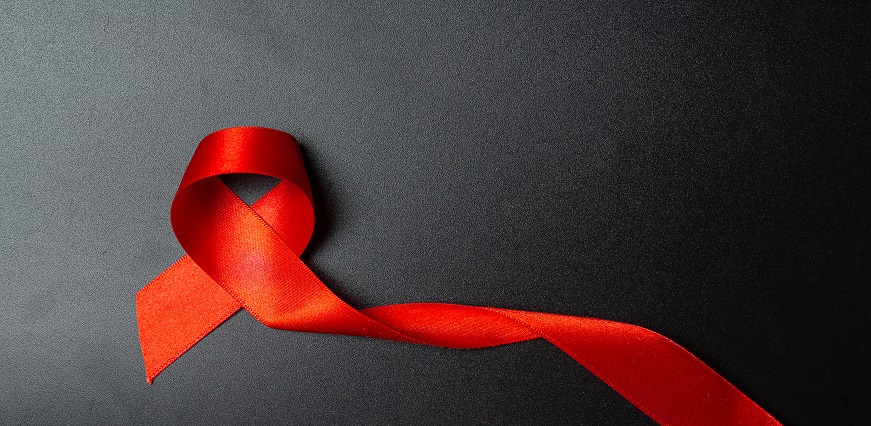
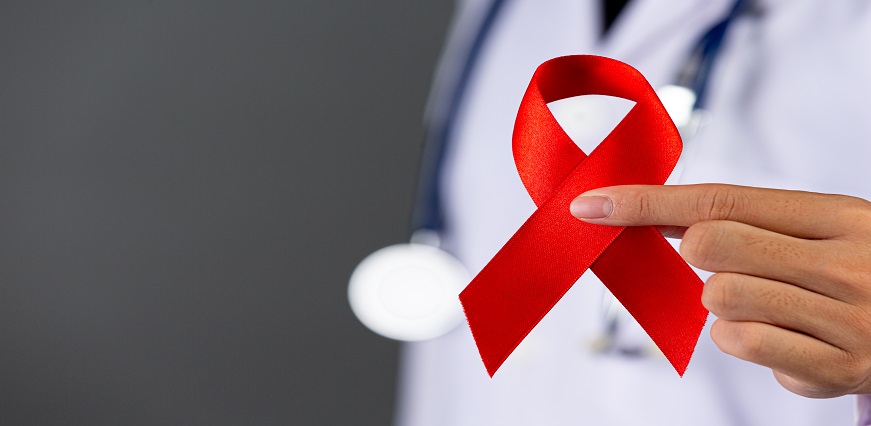
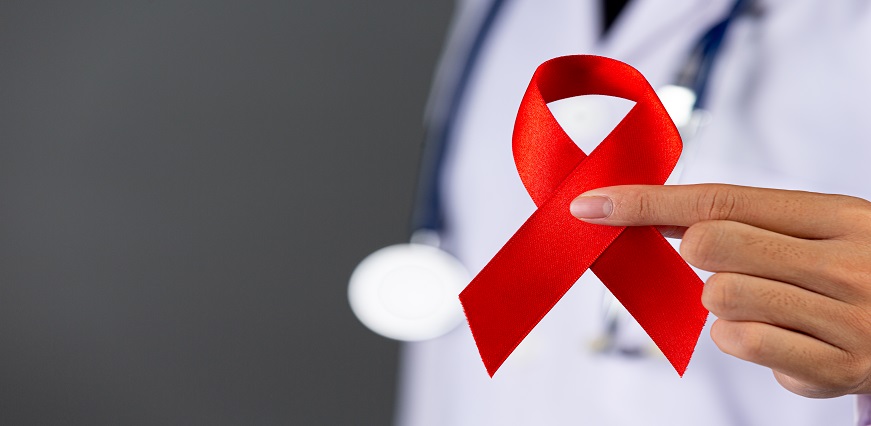
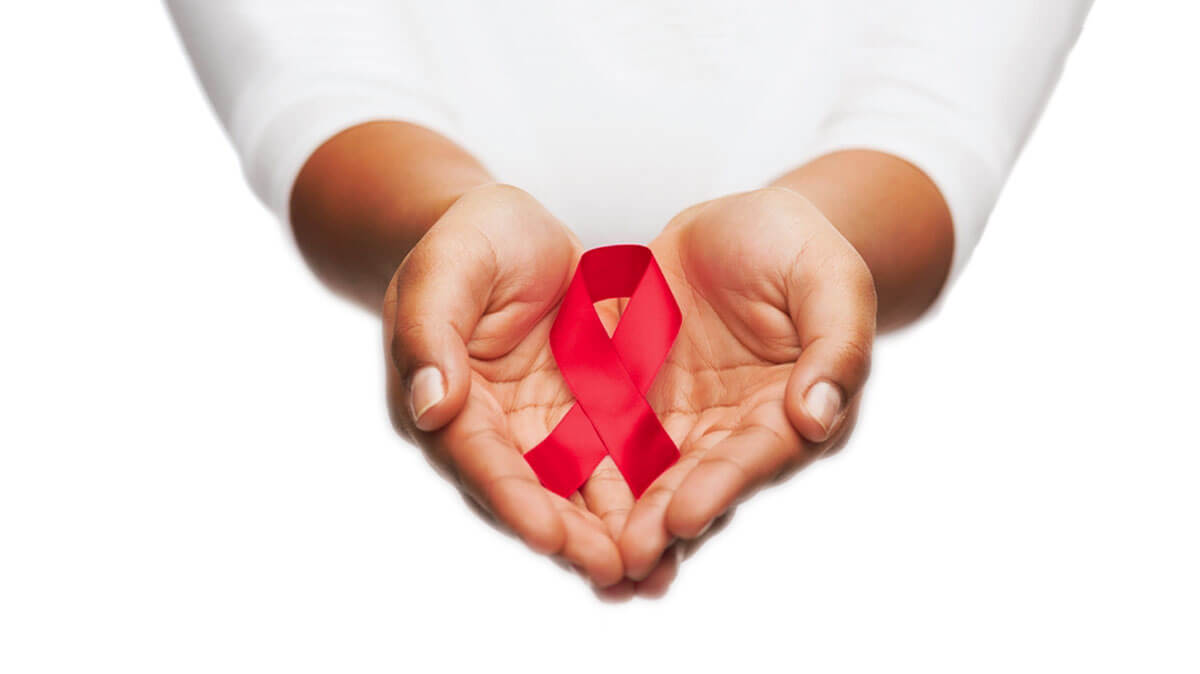
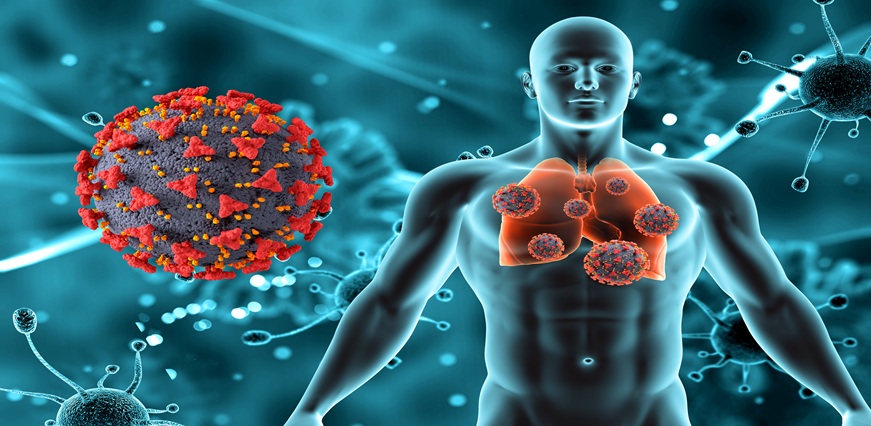
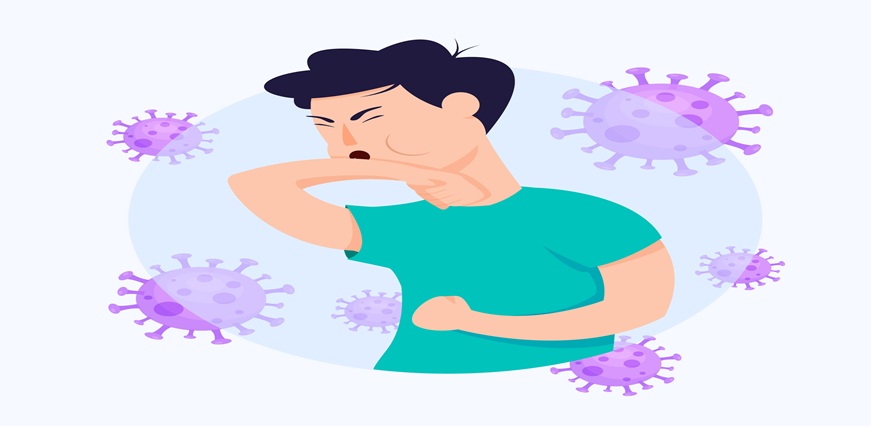














 To reach our help desk call 9213188888
To reach our help desk call 9213188888.png)
Comments